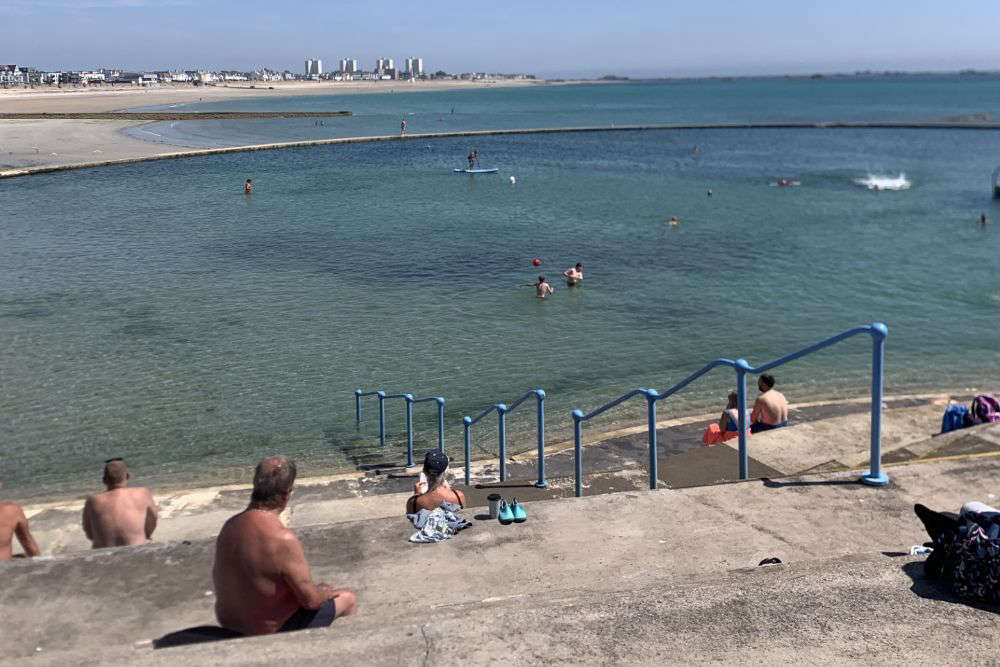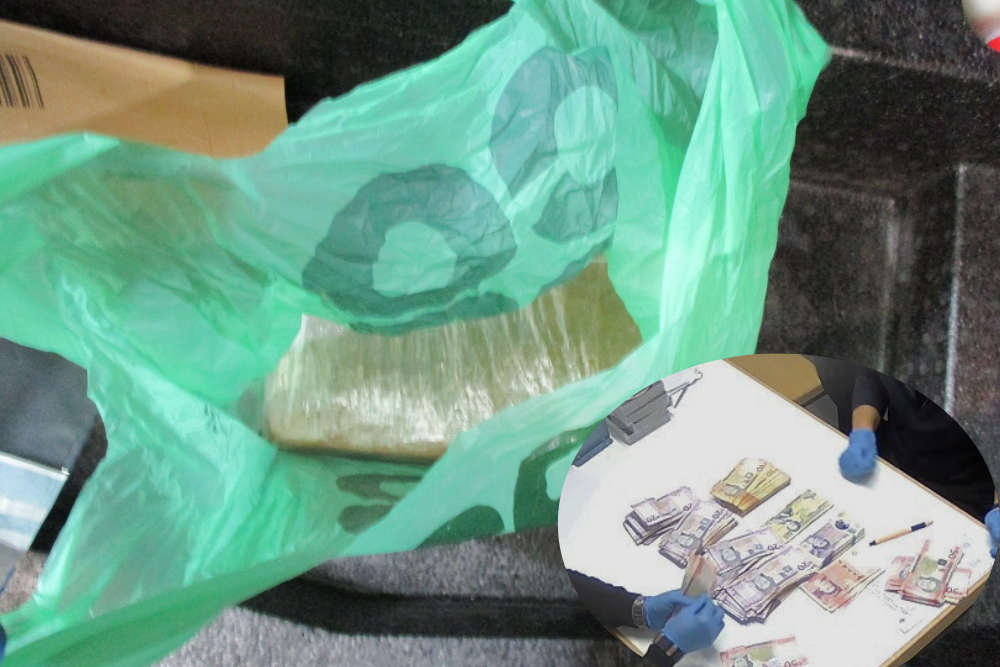
Jersey Police say their investigation of the fatal Haut Du Mont explosion is comparable in scale and category to that of the Grenfell Tower fire in London.
Operation Spire is classed as a Category A investigation under the Home Office Large Major Enquiry System (HOLMES).
Jersey has never seen a Category A operation, which is one of the highest-ranking and least frequently occurring investigations.
Category A tends to occur when there are many lines of enquiry to follow, with an unknown suspect, such as the fire at Grenfell Tower in 2017 which claimed 72 lives.
The blast at Haut du Mont flats on Pier Road on 10 December 2022 killed ten islanders.
Detective Sergeant David Hill is the office manager in the major investigation room for Operation Spire:
"It would be a major incident (in a place bigger than Jersey) and in a smaller community like ours, it has an even greater impact on the community.
If you put that into comparison with Grenfell, for example, Grenfell had around 70 plus people who died in a city of eight million people.
We had an incident where 10 people died in a community of 100,000 people, that will give you some idea of the scale of this investigation."

Senior Investigating Officer Detective Superintendent Allison Fossey sits on a peer-mentoring group with the SIOr from Grenfell.
"In terms of the number of interest parties, the complexity of the scene, and the volume of information coming in, on a proportionate scale, and the size of the police force compared to the MET... it is comparable. Grenfell is also a Cat A investigation."

The investigation team, made up of around 32 police officers and staff, are using a system called HOLMES – the Home Office Large Major Enquiry System. It is used nationally on major incidents and high-profile cases.
HOLMES is rarely used in Jersey and has not been used here since 2019 - to investigate an alleged rape. Sergeant Hill says it gives an indication of the 'enormity' of the investigation, as only trained staff use the system.
HOLMES helps officers to organise the lines of enquiry to cross-reference, collate and index information in a major investigation, such as Operation Spire.
Evidence gathered by police and put into HOLMES includes witness testimonies, CCTV footage and forensics.
The computer database was originally set up after the Yorkshire Ripper murders in 1975-1980 because the manual index card system was overwhelmed by the volume of leads. Eventually, there were so many physical cards in the major investigation room in Leeds that the floor had to be reinforced to support the weight.
The Operation Spire team:
• 10 x Enquiry Officers
• 7 x Major Incident Room Staff
• 8 x Family Liaison Officers
• 5 x Forensic and Expert Personnel
• 2 x Community Impact and Displaced Resident Engagement Officers
• In addition, Officers in the UK work remotely as part of the HOLMES team.
Detective Sergeant Hill says the a team of investigators in Jersey and remotely in the UK are looking into the lines of enquiry generated.
"We obviously prioritise those enquiries that need to be done sooner rather than later, so there is a way of having high medium and low priority actions.
Where a line of enquiry is need to be done more urgently, it will be identified as a high-priority action.
We're hoping we're going to receive the report from the various experts towards the end of this summer, and once those reports have been received, they will be reviewed and assessed like any other material and that will form part of the basis of how the investigation proceeds."
Evidence collected from the explosion on Pier Road in St Helier includes parts of the gas network and items from the building.


 New café bar and kitchen coming to Jersey Airport
New café bar and kitchen coming to Jersey Airport
 Fresh process to choose Havre des Pas Lido operator
Fresh process to choose Havre des Pas Lido operator
 Plémont puffins get a Christmas makeover
Plémont puffins get a Christmas makeover
 Jersey Water has 100% compliance in all water quality standards, including PFAS
Jersey Water has 100% compliance in all water quality standards, including PFAS
 Large-scale Jersey drug dealer jailed
Large-scale Jersey drug dealer jailed
 Jersey's politicians agree 2026 Budget
Jersey's politicians agree 2026 Budget
 Three jailed for ‘unsophisticated’ drug smuggling syndicate
Three jailed for ‘unsophisticated’ drug smuggling syndicate
 Island-first Christmas Tractor Run for Jersey Hospice Care
Island-first Christmas Tractor Run for Jersey Hospice Care




